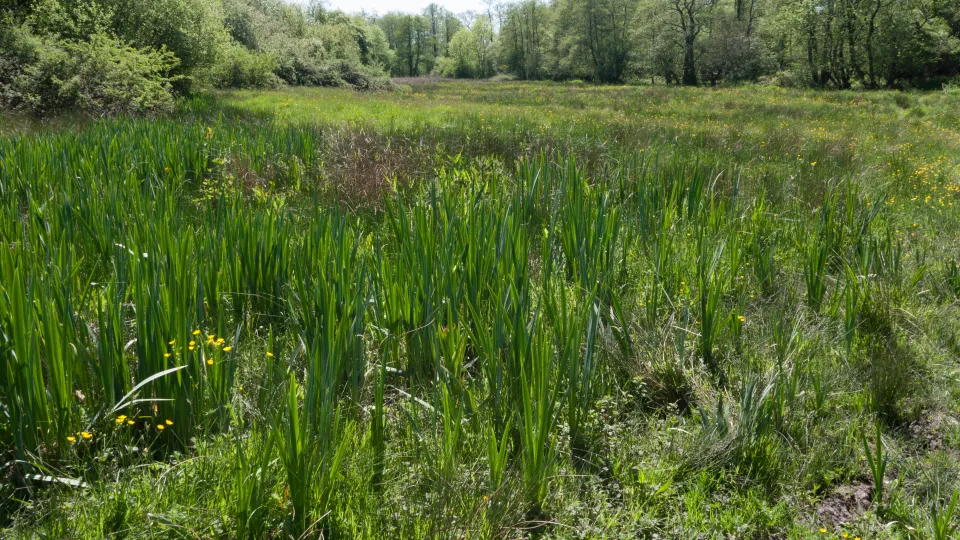
Purple moor-grass and rush pasture
This distinctive type of damp pasture is generally found on commons, as a component of lowland fen, or in undeveloped corners of otherwise intensively farmed landscapes.

This distinctive type of damp pasture is generally found on commons, as a component of lowland fen, or in undeveloped corners of otherwise intensively farmed landscapes.
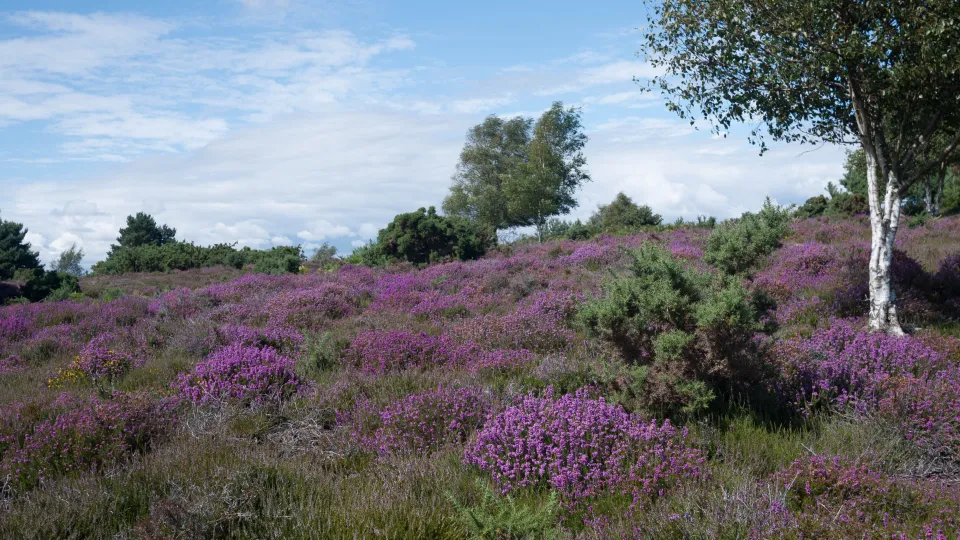
Heathlands form some of the wildest landscapes in the lowlands, where agriculture and development jostle for space, containing and limiting natural processes. Once considered as waste land of little value, lowland heathland is now appreciated and protected for its unique wildlife and austere beauty.
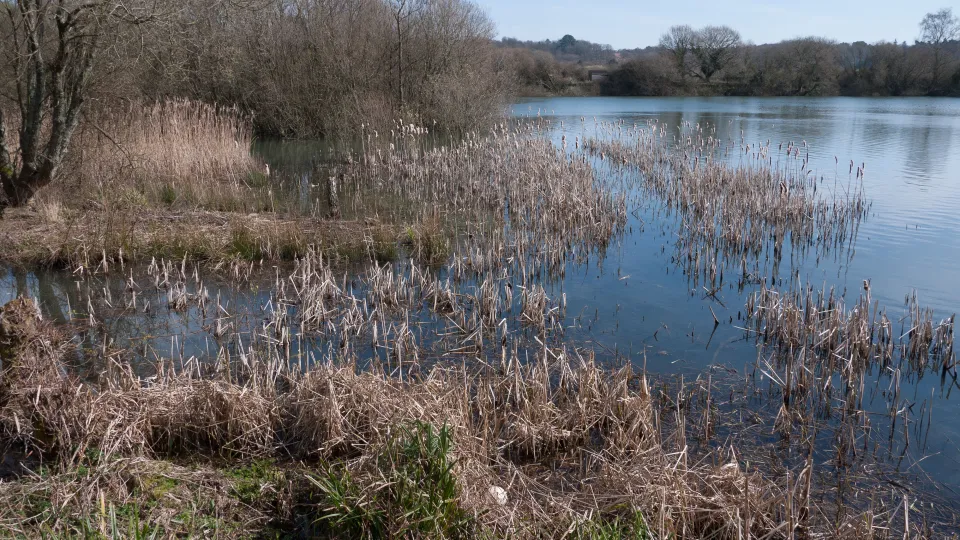
Lakes come in many forms: some are splendid and clear, while others are more reminiscent of a murky swamp. Each lake is strongly influenced by the underlying lakebed and the surrounding landscape, and collectively, lakes support a huge variety of animal and plant life.
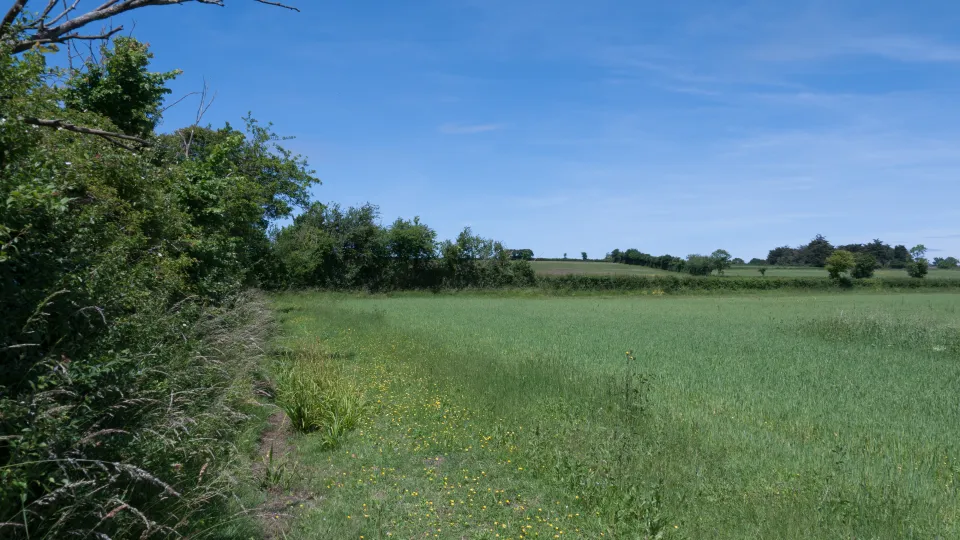
Most arable fields are large, featureless monocultures devoid of wildlife, but here and there are smaller fields and tucked away corners that are farmed less intensively, or are managed specifically with wildlife in mind.

Hedgerows are one of our most easily encountered wildlife habitats, found lining roads, railways and footpaths, bordering fields and gardens and on the coast.
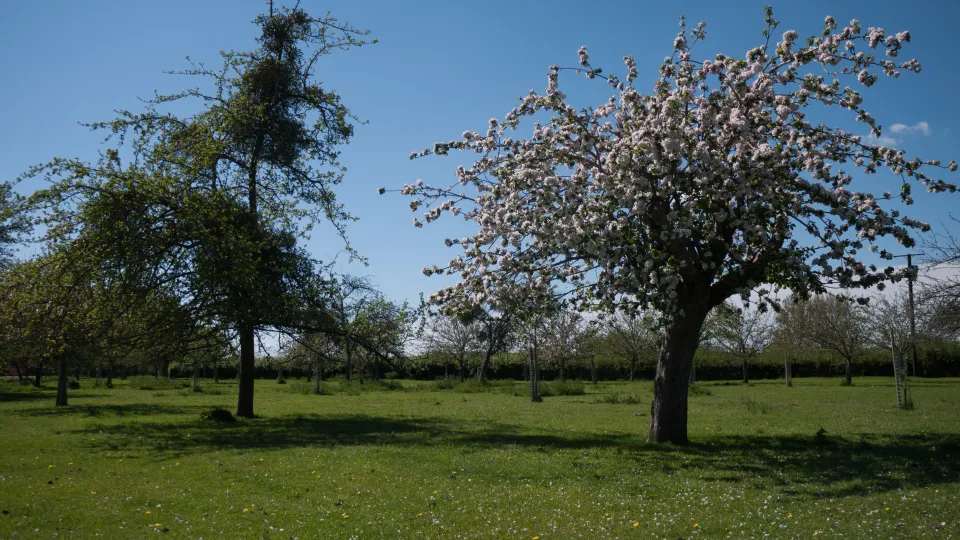
A visit to a traditional orchard reveals gnarled old trunks of fruit and nut trees bursting with blossoms and young leaves in springtime, with wildflowers and insects populating summer’s long grass, and foraging wildlife attracted by autumn’s fallen fruit.
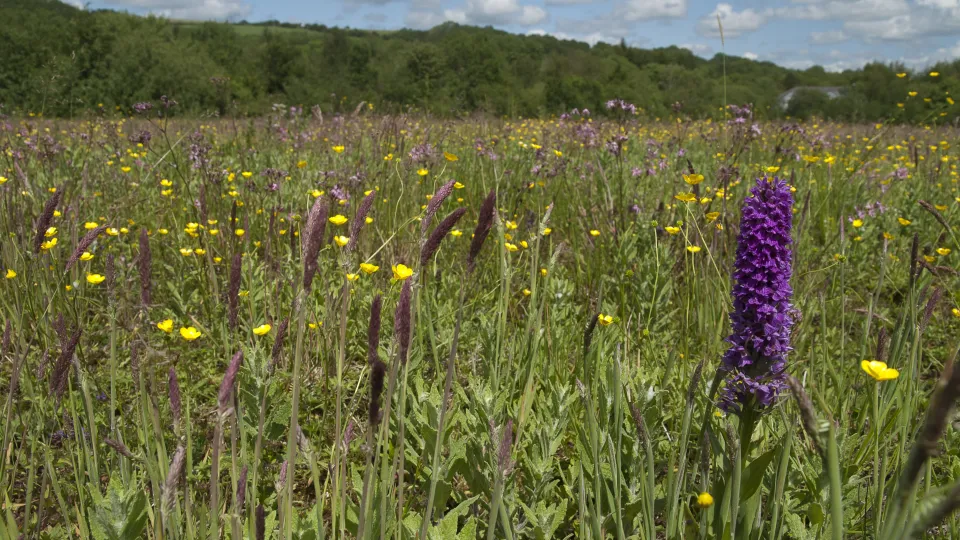
In celebration of National Meadows Day, we thought we would share some interesting facts with you on Kent and the nation’s wild meadows.
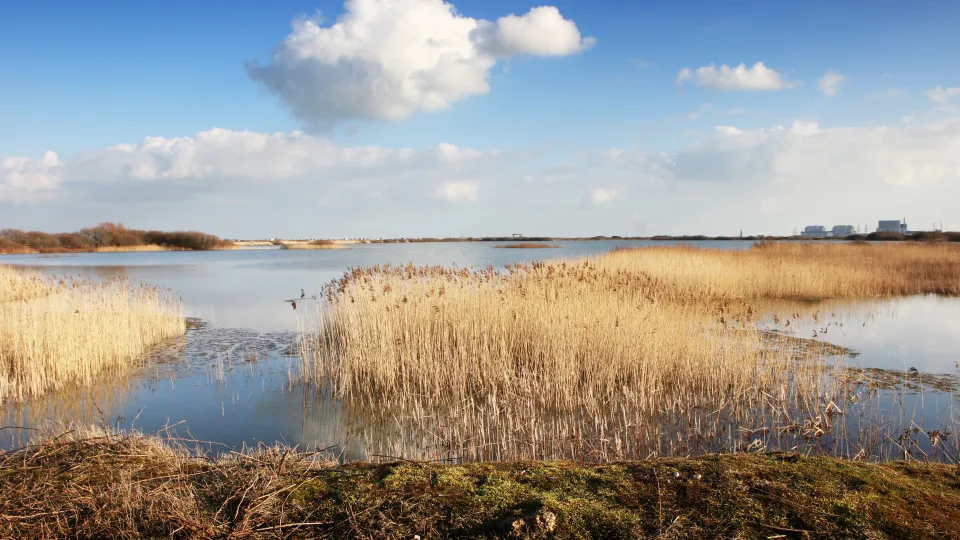
With its wide-open expanse of shingle beach, Dungeness is a unique wildlife habitat and makes for a family day out with a difference, writes Zoe Rawlins
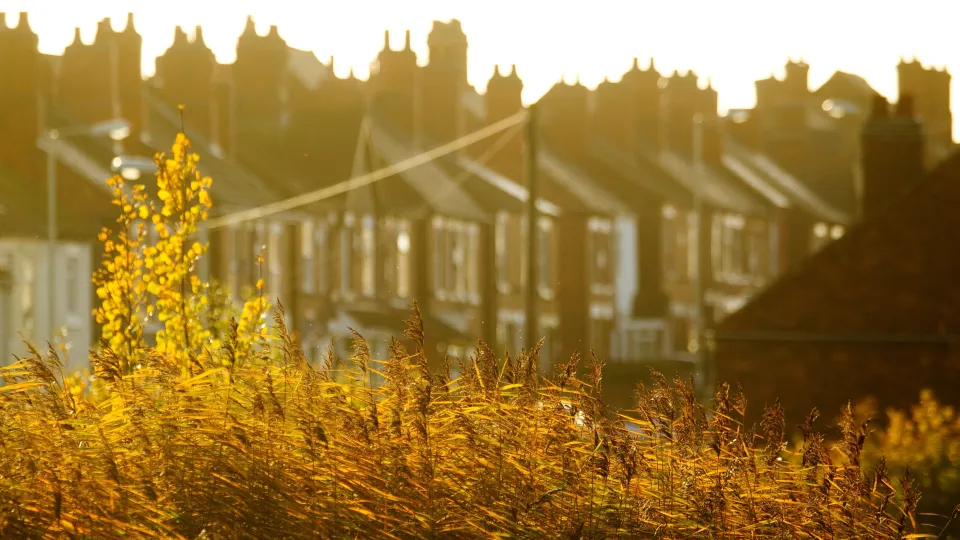
Why and how to build nature-friendly housing developments
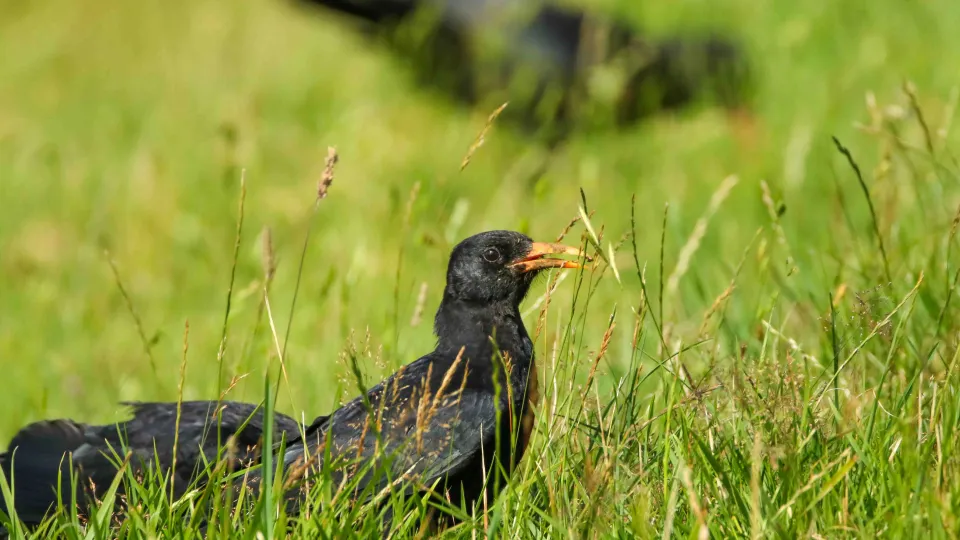
Theresa May’s speech on the environment on January 11th shows that, at last, a Government is seeing how much the environment means to the people of the UK, not least young people.